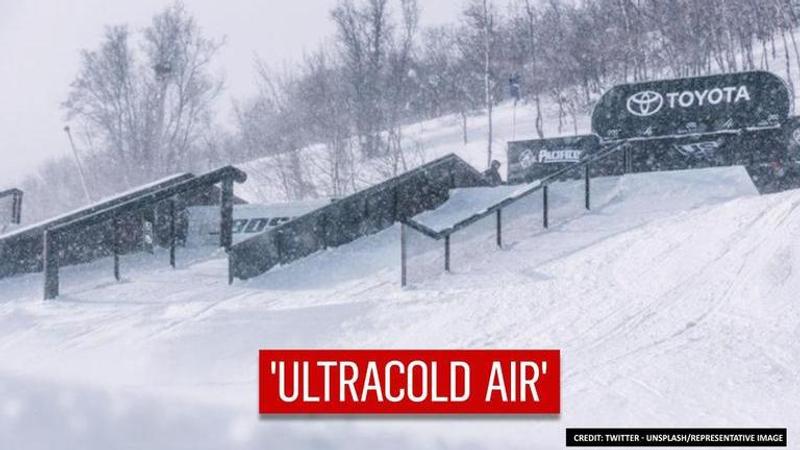Published 13:02 IST, January 11th 2021
Polar Vortex split into two, threatens to send US, Europe, Canada into 'deep freeze'
Arctic's polar vortex is a reoccurring winter phenomenon with strong cold winds that circle westward around the pole causing dark frosty winters.

Meteorologists have predicted that the polar vortex, which is splitting into two and swirling southward, will send the US and European countries into a chilling deep freeze. A notorious swirl of ultracold winds around a low-pressure area due to the major stratospheric temperature spike expected to sweep across these countries causing an extreme dip in temperatures. Canada, Eurasia much of Western Europe and the US, spine chilling cold winter with heavy snow along the US East Coast will ensue, according to several western weather forecasts.
Arctic's polar vortex is a reoccurring winter phenomenon with strong cold winds that circle westward around the pole causing the dark frosty winters, Andrea Lang, an atmospheric scientist at the University of Albany, explained Mashable. He added that the polar vortex is losing stability and its splitting causes dramatic, extreme weather implications across the western nations such as the US and Europe. With a ‘disrupted’ polar vortex in 2021, the colder air is expected to spill out of the Arctic and result in the onset of extremely harsh winters, he warned.
ECMWF predicts 'unusually strong ridge'
US Midwest and East Coast witnessed a record cold in the 2017 and start of 2018, especially in places like the Arctic and Alaska. The Global Forecast System (GFS) and the European Model, known as the ECMWF now predict “unusually strong ridge” in the middle and upper atmosphere across Alaska in coming one to two weeks. It will swirl coldest winds across the North Pacific and the Arctic region. “This can cause the jet stream to snap southward, directing frigid air from northern Canada and possibly even Siberia southward, crossing the U.S. border during the first week of February,” the weather service report mentioned. It also warned that US cities such as Minneapolis, Chicago and New York are expected to go into a deep freeze as chilled winds have dropped the temperature in Canada and the northern tier of the US such as the Upper Midwest and northern Plains.
Updated 13:02 IST, January 11th 2021




